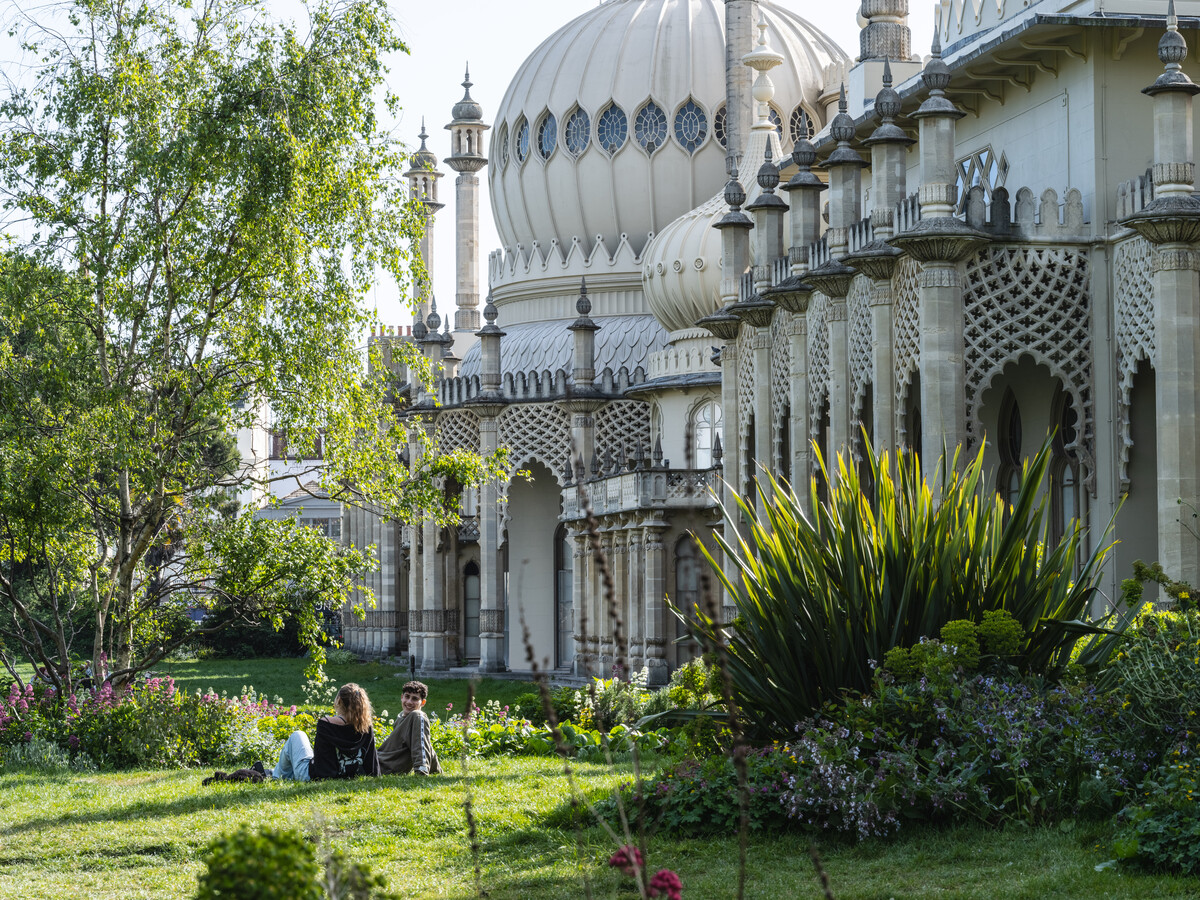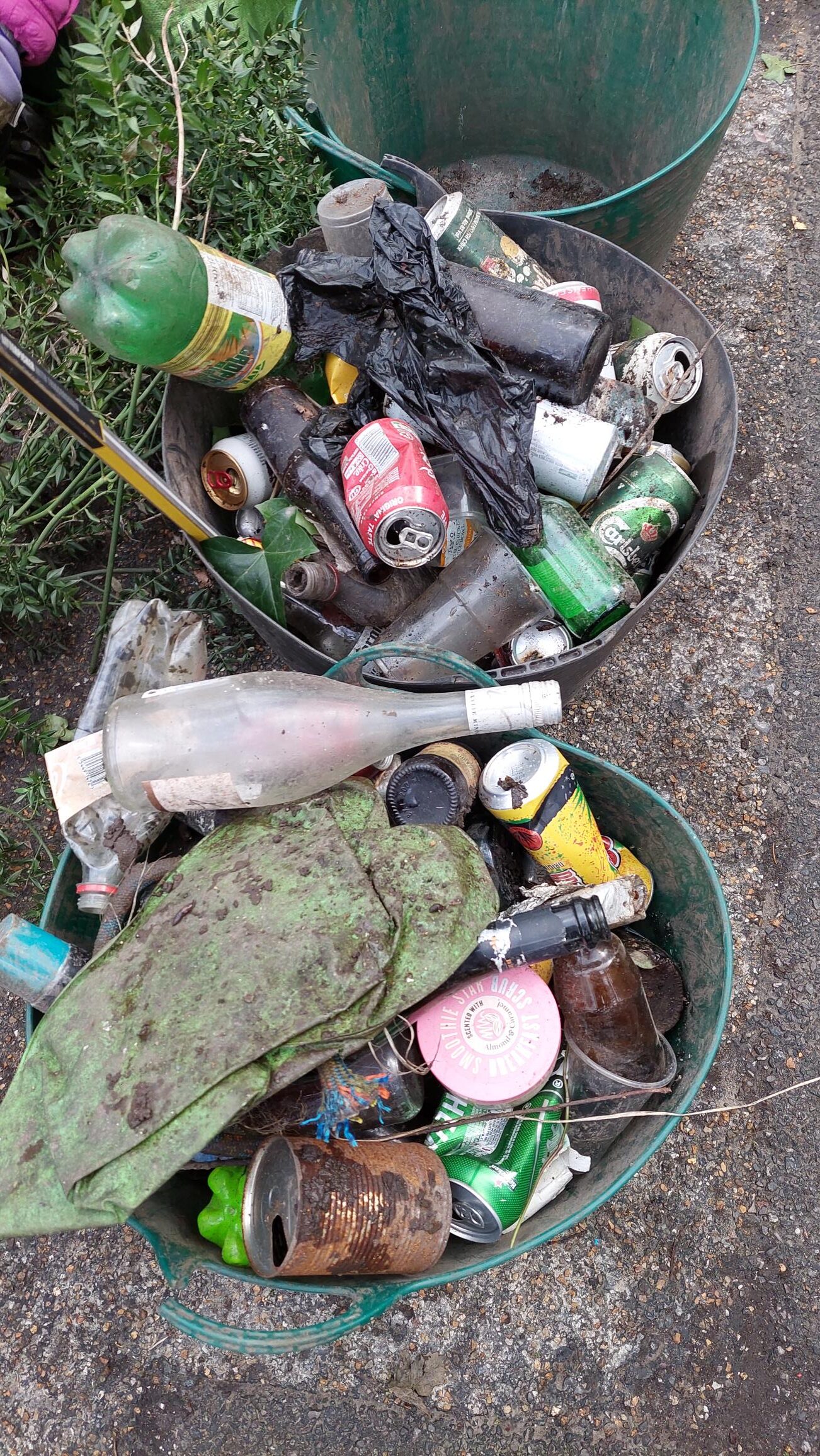
Heritage at Risk
Why is the Garden on the Heritage at Risk Register (HARR)?
Historic England undertakes a survey of heritage considered to be at risk. This is known as the Heritage at Risk Register (HARR). The list is compiled of buildings and sites that are considered under threat of losing their value due to such things as neglect or environmental damage.
If you would like to see more about the HARR please read the Historic England webpage.
In 2017 the Royal Pavilion Garden was added to the list mainly due to the impacts of heritage crime and antisocial behaviour, along with vulnerabilities that arise from high intensity, and sometimes inappropriate uses.
More Information
View the HARR listing for the Royal Pavilion Garden.
Understand more about Heritage Crime from Historic England.

Recent images of damage to the Garden
Litter
B&HM employs a small team of specialist horticultural staff to manage and maintain the garden for visitors to enjoy. The team clear litter throughout the day, but this is taking up time which we feel would be better spent on garden maintenance and engagement with visitors. Therefore, the charity pays an external contractor to come to site (twice a day in the summer season) to clear litter. A lot of litter accumulates overnight as the team are not on site to manage it. This photograph also demonstrates damage to lawns and paths from high usage.

Impacts of Litter
In addition to ‘normal’ litter the team must handle more unsavoury items such as used discarded alcohol containers, used needles, discarded (and deliberately concealed) weapons and human excrement and vomit. This type of litter occurs so frequently that it also impacts the type of engagement activities that we can host due to visitor safety. For example, we would like to invite schools to visit the garden to undertake bug hunts but currently it is not safe to do this.

Crime
Heritage crime is any act that deliberately damages a heritage asset. Heritage crime frequently occurs in the Royal Pavilion Garden. This ranges from serious criminal offences to regular deliberate damage to the built and natural heritage.

Regular graffiti damage
Graffiti visually impacts the visit to this special place, but also damages information signage as demonstrated in this photo. Of greater concern is that graffiti is put on our historic buildings, including the internationally significant Grade 1 listed Royal Pavilion. The removal of graffiti uses abrasive chemicals which further damage the heritage assets. The funds spent by the charity on regular graffiti removal would be better spent on other priorities.

Poor drainage
Combined with a lack of investment over many years has resulted in certain areas of the garden becoming inaccessible during heavy rain. Heavy use and lack of funds for maintenance over many years has led to the erosion of paths and lawns. Under investment to maintenance over the years has led to damage to the 19 listed lamp posts in the Garden.
